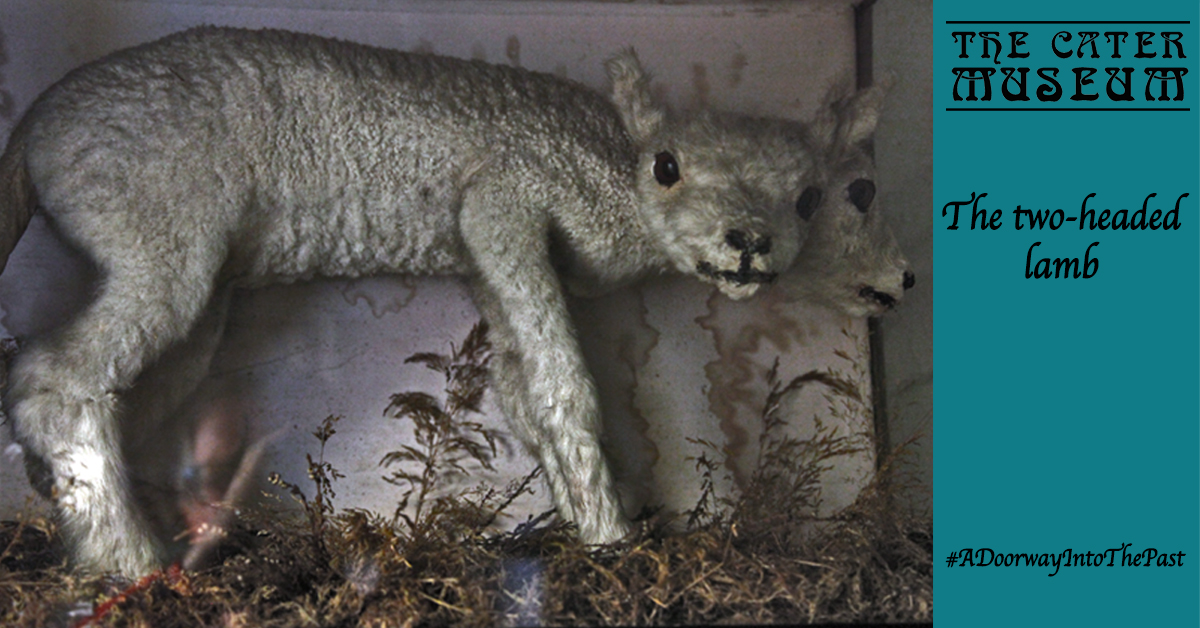
Many in Billericay have grown up having seen the lamb whilst at school and it’s one of our most popular exhibits.
Over 120 years old, the poor thing is getting a little tired and dishevelled. But we have some very good news as it will shortly be leaving the museum traveling to distant lands in far-away Norfolk to undergo conservation work to restore it to its former glory as befits one of the ’star objects’ of The Cater Museum.
The first stage will be to put the lamb in a conservation freezer. Many museum objects are prone to insect attack and one of the safest ways to halt damage is to freeze at -30 degrees for about 72 hours to kill all stages of the lifecycle of any pests – from egg through to larvae and adult insect. At least it’s got a woollen coat on !!
Next a full “condition report” will be conducted by a specialist in the Norfolk Museums Service to know exactly what restoration work needs to be done. We will then be working with an expert Natural History Conservator to get the work costed and the restoration underway.
We’ll keep you up to date with progress (and maybe we can encourage the lamb to send a postcard while on its travels !).
This week is your last chance to see the lamb for a while. The museum is open Monday to Friday 2pm to 5pm and open Saturday from 1pm to 4pm and the lamb is on the top floor.
THE HISTORY OF OUR LAMB
The lamb was born on a farm in the Billericay area, dying at the age of 6 weeks. Maintaining two heads probably put a stress on the lamb’s heart and this may have been the cause of death. It was given to the Cater Museum as a bequest following the death of Miss Shipp. Her father, Timothy Shipp, was the Veterinary Surgeon of Billericay and he owned the lamb before passing it on to his daughter. Other items belonging to the Shipp family – including veterinary tools – can be seen below the lamb.